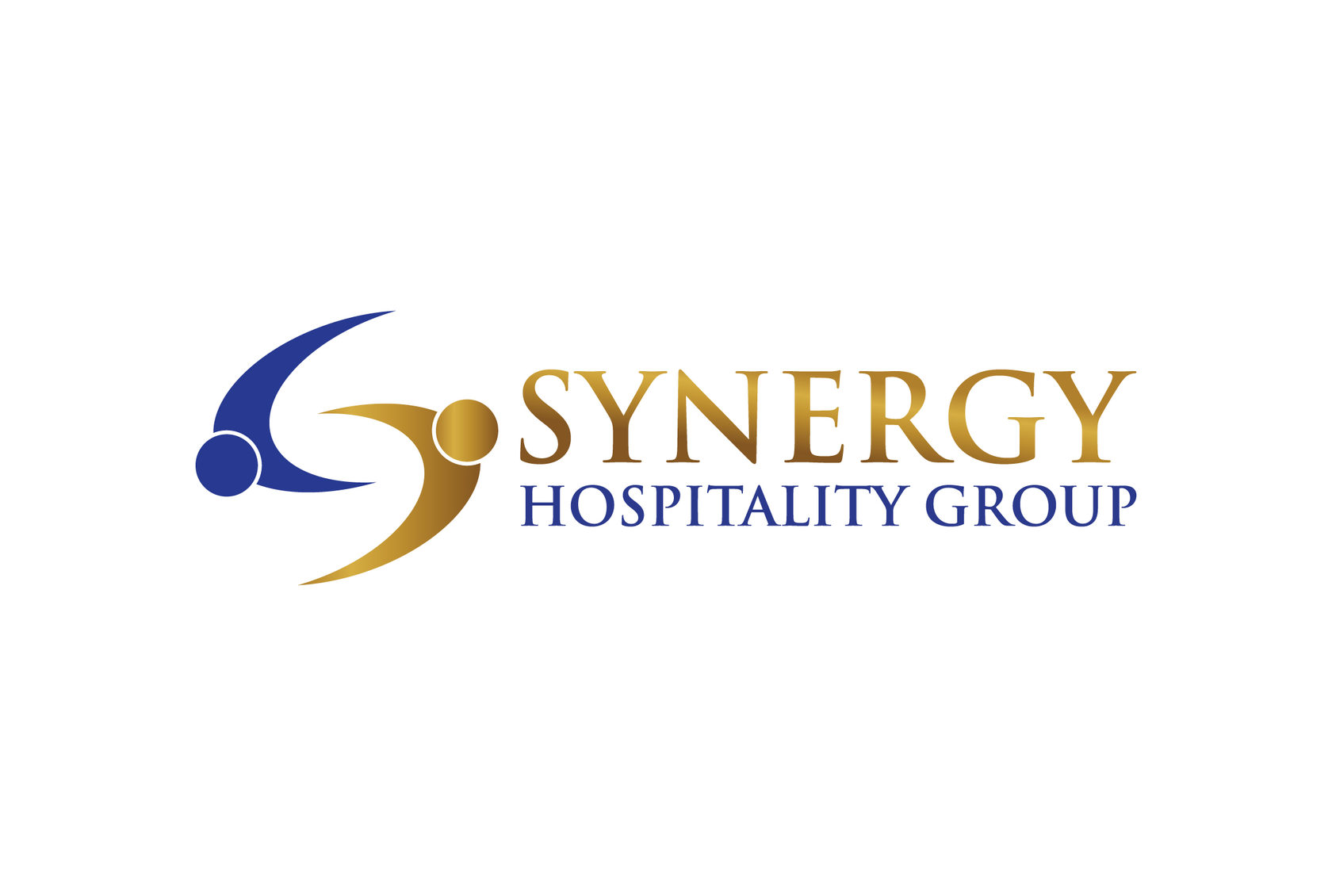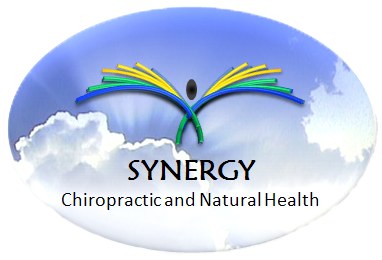
We used a Vonoroi diagram to depict drug dose–response data of the GDSC drug–response encyclopaedia, which resulted in a drug atlas. b Relations of drug dose–response data are difficult to comprehend, given the enormous amount of data points associated with them. Hence, in our model, synergy between drugs is expected when pairs of drugs act on independent processes. However, when a third cell line is sensitive to both of these drugs, then these unrelated mechanisms are affected simultaneously, giving rise to a synergistic effect. If two cell lines have mutually exclusive sensitivity to either drug A or B, as shown by the intensity of each diamond, then two independent molecular mechanisms might be causal of this. This indicates that we can accurately predict effective drug combinations with translational value.Ī Schematic representation of drug-atlas approach. Predicted synergies are provided and have been validated in glioblastoma, breast cancer, melanoma and leukemia mouse-models, resulting in therapeutic synergy in 75% of the tested models.

By using this strategy, we can uncover potential effective drug combinations on a pan-cancer scale. Our approach enables the prediction of combination-therapy which can be linked to tumor-driving mutations. The drug atlas represents the relations between drug effects and allows to identify independent processes for which the tumor might be particularly vulnerable when attacked by two drugs. For this we used dose-response data from pharmacogenomic encyclopedias and represent these as a drug atlas. Here we present an approach to uncover the efficacy of drug combinations based on the analysis of mono-drug effects. cancer treatments using combinations of drugs with a synergistic effect is attractive but proves to be highly challenging. 17 Department of Neurosurgery, Amsterdam UMC, location VUMC, Cancer Center, Amsterdam, the Netherlands.1 Department of Radiation Oncology, Amsterdam UMC, location VUMC, Cancer Center, Amsterdam, the Netherlands. 16 IOTA Pharmaceuticals Ltd, St Johns Innovation Centre, Cowley Road, Cambridge, UK.15 Neurosurgery, Institute of Cancer and Genomic Sciences, University of Birmingham, Edgbaston, Birmingham, B15 2TT, UK.14 Radiation Oncology, Academic Medical Center, Amsterdam, the Netherlands.13 Department of Radio-Oncology, Kantonsspital Graubünden, Loëstrasse 170, CH-7000, Chur, Switzerland.12 Department of Computational Biology, The Jackson Laboratory for Genomic Medicine, Farmington, CT, USA.11 Department of Radiation Oncology, NYU Langone Health, New York, NY, 10016, USA.10 Department of Neurosurgery, Division of Surgery, The University of Texas MD Anderson Cancer Center, Houston, TX, USA.9 Department of Epidemiology and Biostatistics, Amsterdam UMC, location VUMC, Amsterdam, the Netherlands.8 Center for Experimental Molecular Medicine (CEMM), Laboratory for Experimental Oncology and Radiobiology (LEXOR), Amsterdam UMC, location AMC, Cancer Center, Amsterdam, the Netherlands.7 Department of Hematology, Amsterdam UMC, location VUMC, Cancer Center, Amsterdam, the Netherlands.6 Department of Medical Oncology, Amsterdam UMC, location VUMC, Cancer Center, Amsterdam, the Netherlands.5 Department of Psychosocial Research and Epidemiology, Netherlands Cancer Institute, Amsterdam, the Netherlands.4 Department of Neurosurgery, Amsterdam UMC, location VUMC, Cancer Center, Amsterdam, the Netherlands.

3 Experimental Therapeutics and Molecular Imaging Lab, Neuroscience Center, Neuro-Oncology Unit, Massachusetts General Hospital and Harvard Medical School, Boston, MA, USA.2 Department of Oncogenomics, Academic Medical Center, Amsterdam, the Netherlands.1 Department of Radiation Oncology, Amsterdam UMC, location VUMC, Cancer Center, Amsterdam, the Netherlands.


 0 kommentar(er)
0 kommentar(er)
